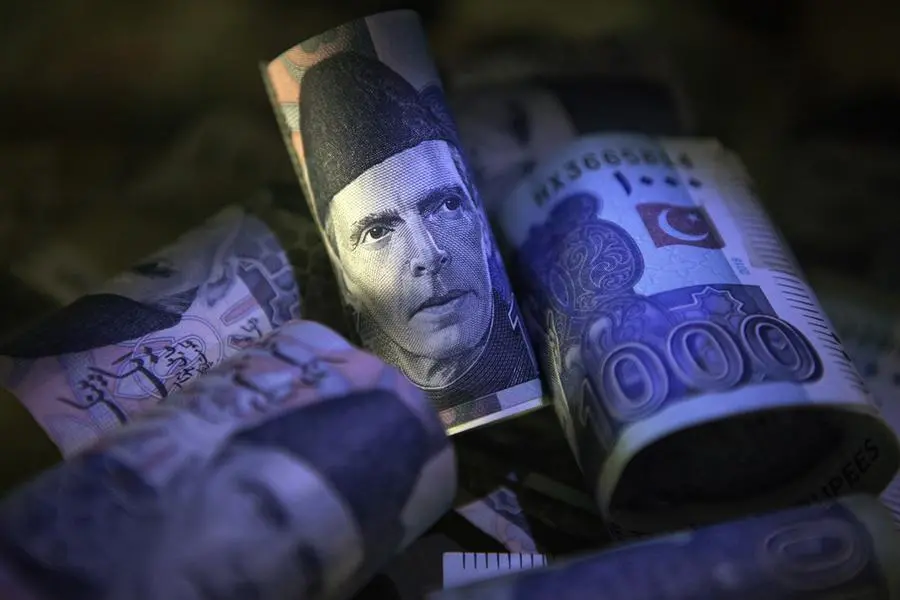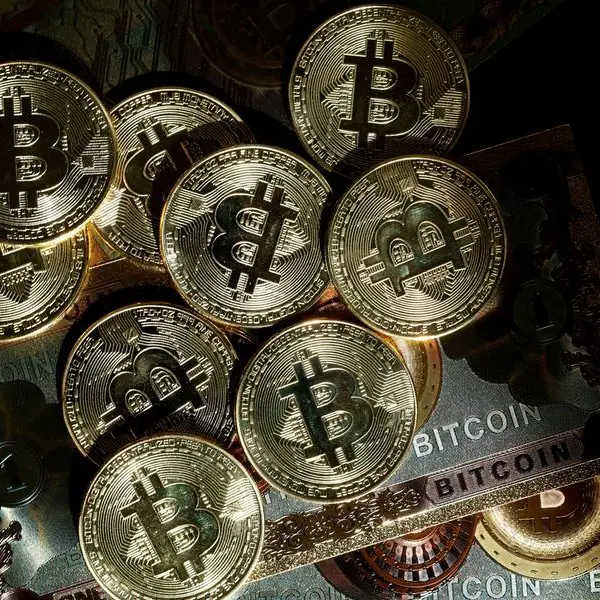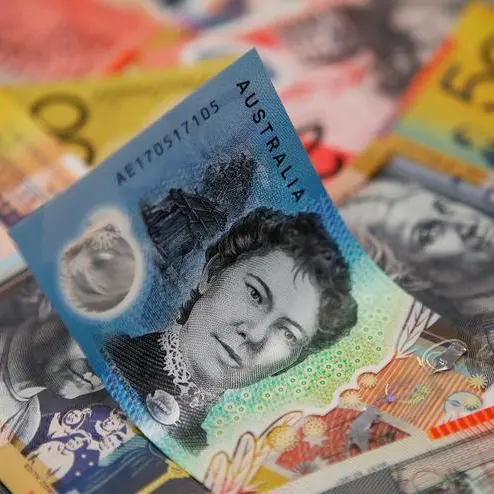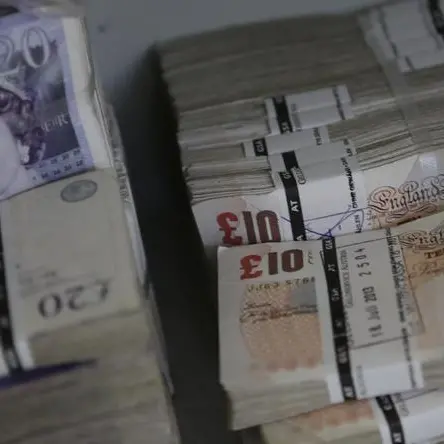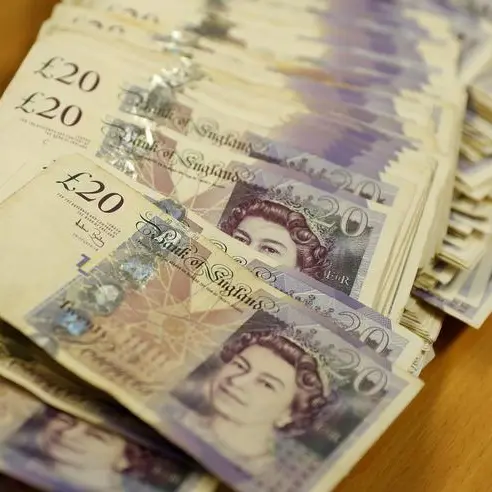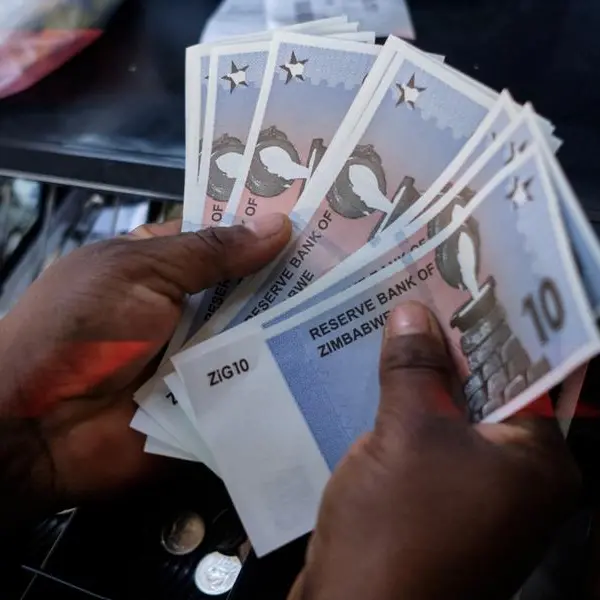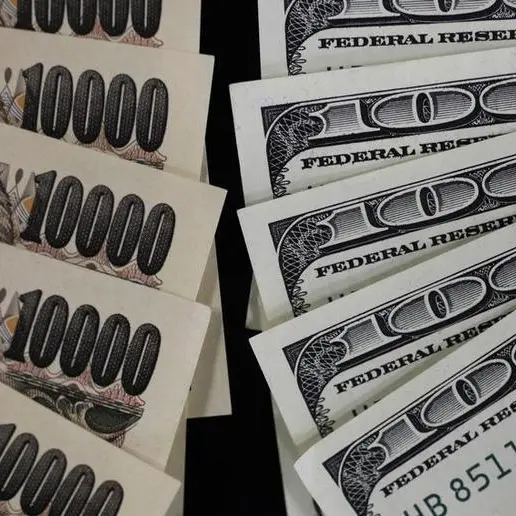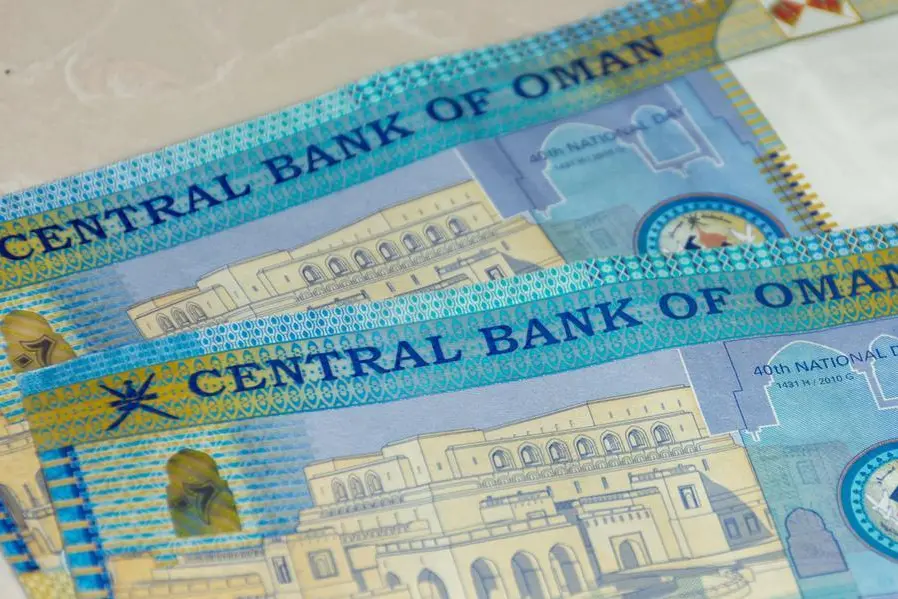PHOTO
The Pakistan rupee will remain under pressure and is expected to hit a fresh all-time low against the US dollar this week due to rising import bill in the wake of worst floods that hit the country, causing at least $30 billion financial damages to the economy.
The rupee, which lost 8.27 per cent of it's value this month so far, is unlikely to reverse the downward trend and may depreciate more value on political instability, shrinking foreign exchange reserves, slow economic growth and lower-than-expected forex inflows from the friendly countries despite the revival of IMF's $6.5 billion extended fund facility last month.
The South Asian nation's currency shrank 7.7 per cent against the greenback in last 11 consecutive sessions as investors remained concerned over the widening trade deficit. It ended the week at 236.84 (64.53 against the dirham) in interbank market on Friday, only Rs3.1 short of the all-time low level of Rs239.94 (65.37 versus the dirham) on July 28, 2022.
"The rupee is under severe pressure and may hit fresh lows against the US dollar as the greenback demand is high in the market. If the dollar supply remains tight, the rupee may breach psychological barrier of 250 against the dollar (68.11 against the dirham) this month," according to forex market insiders.
Why the rupee is shrinking
The rupee has lost 15.62 per cent of its value during the ongoing financial year of 2022-23. However, it shrank 34.18 per cent in calendar year 2022 as the demand for the US dollar remained high in the market.
Analysts said the rupee's losing streak can be attributed to a host of reasons including low dollar inflows, an expected rise in the import of food-related items after devastating floods and higher debt servicing in financial year 2022-23. In addition, political uncertainty also weighed on the rupee as the local investors are moving abroad to secure their business interests.
Moreover, forex inflows yet to pick up despite securing the funding from IMF last month that has been putting pressure on the country's forex reserves, which fell $176 million to $8.62 billion as of September 9, 2022. The country's reserves are just enough for one-month of imports.
"The floods caused at least $30 billion financial losses to the economy and the country's GDP growth will be around three per cent this year compared to an initial target of five per cent set in the budget in June," according to an analyst.
Floods' impact
Samiullah Tariq, head of research at Pakistan Kuwait Investment Company, said the rupee will depreciate further as the country's economy faces huge financial losses due to floods.
"The US dollar demand is higher than supply due to rising imports as the floods destroyed exportable surplus and the country will have no choice but to import even agricultural products. The current account deficit will widen and economy will incur minimum $15 billion damages due to nationwide floods," Tariq told Khaleej Times on Sunday.
In its latest report, the rating agency Fitch also estimate that Pakistan's current account deficit reached $17 billion, or 4.6 per cent of GDP, in fiscal year 2021-22 due to soaring global oil prices, and a rise in non-oil imports boosted by strong private consumption.
"Fiscal tightening, higher interest rates, measures to limit energy consumption and imports underpin our forecast of a narrowing current account deficit to $10 billion (2.6 per cent of GDP) in fiscal year 2022-23.
Go for fresh elections
Muzammil Aslam, an economist, said the rupee will remain under pressure unless the government secures rescheduling of external debt and revives investor confidence by announcing fresh elections in the country.
"The rupee's decline is a new normal under the present regime as low forex inflows, less help from friendly countries, capital controls and unwarranted trade restrictions put pressure on the currency. This resulted into disturbance of financial echo system as the trade has shifted from banking channels to informal exchange companies due to various barriers," Aslam told Khaleej Times.
H said the earthquake of 2005 and 2010 funds brought huge foreign assistance, but this time the assistance came lower than expected due to donor fatigue.
"The ongoing floods might put further stress on external situation," he said.
Grey market shines
Zafar Paracha, secretary general of the Exchange Companies Association of Pakistan, said the dollar is being sold informally in grey market and the government should take serious action to stop this practice.
"We may be seeing a remake of July when the erupee crashed from 210 to 230 in a matter of days. The only difference is that then it was the interbank market that led the rally and this time it is the open market," Paracha told Khaleej Times.
He said exchange companies, which sold between $25 million and $30 million a day, are not able to sell as much at all now because of high demand in the market.
"We are making efforts to ensure that the dollar rate does not rise beyond Rs240 in the open market, but the rates in the interbank and grey markets are going up,” Paracha said.
Copyright © 2022 Khaleej Times. All Rights Reserved. Provided by SyndiGate Media Inc. (Syndigate.info).
